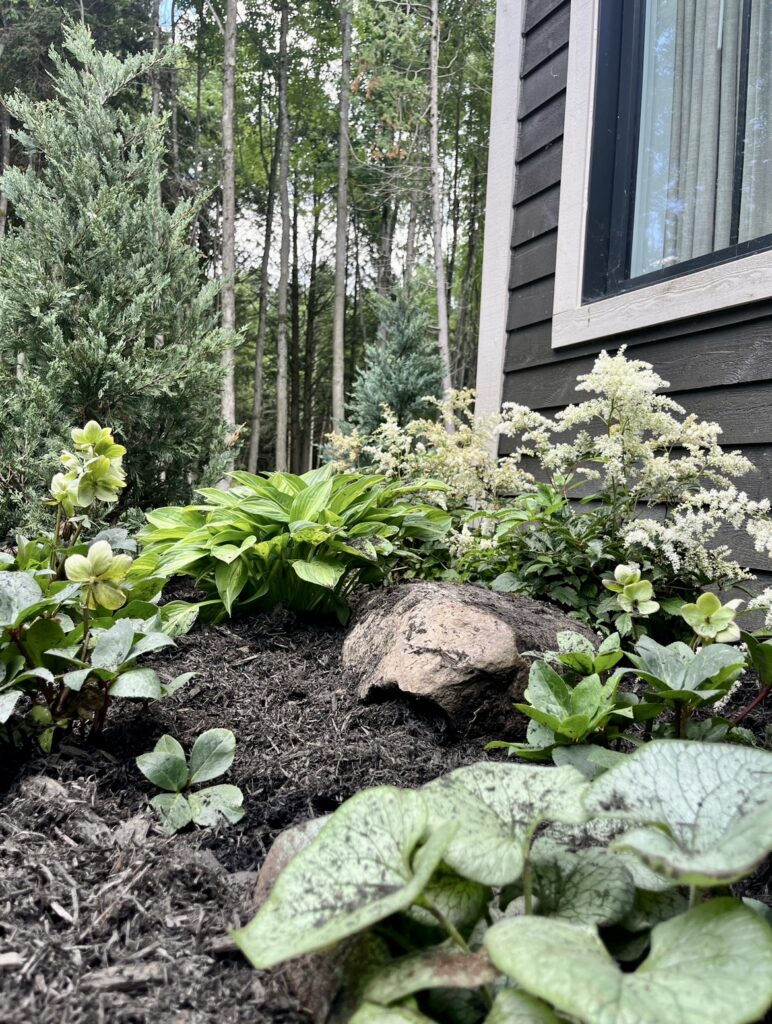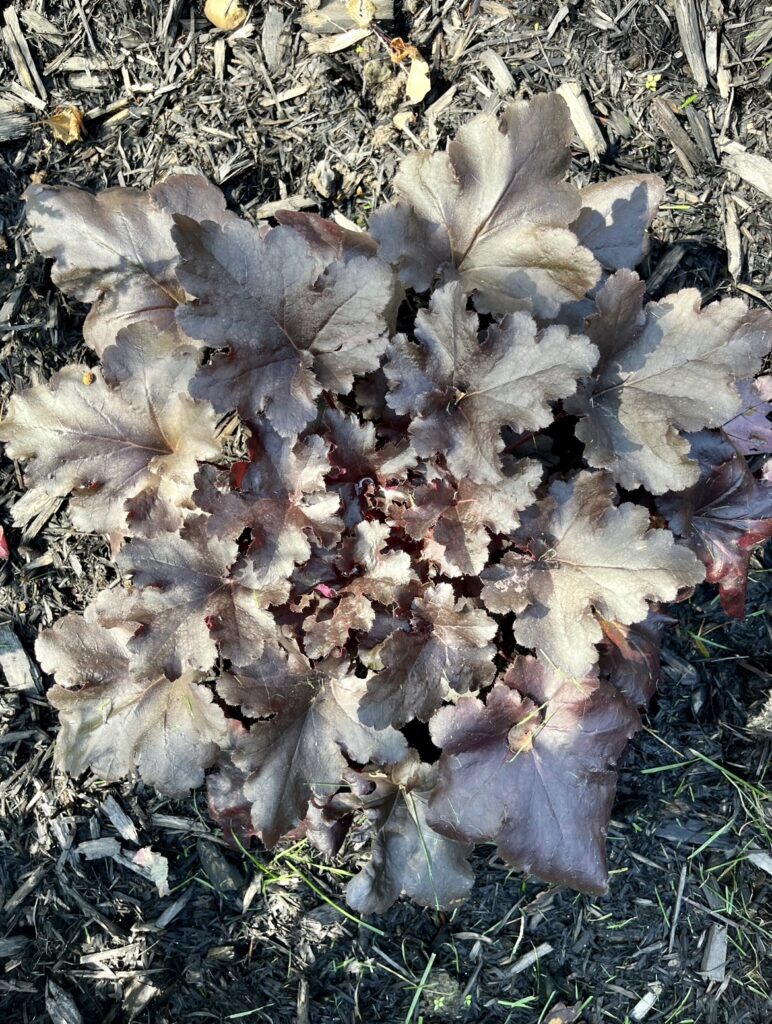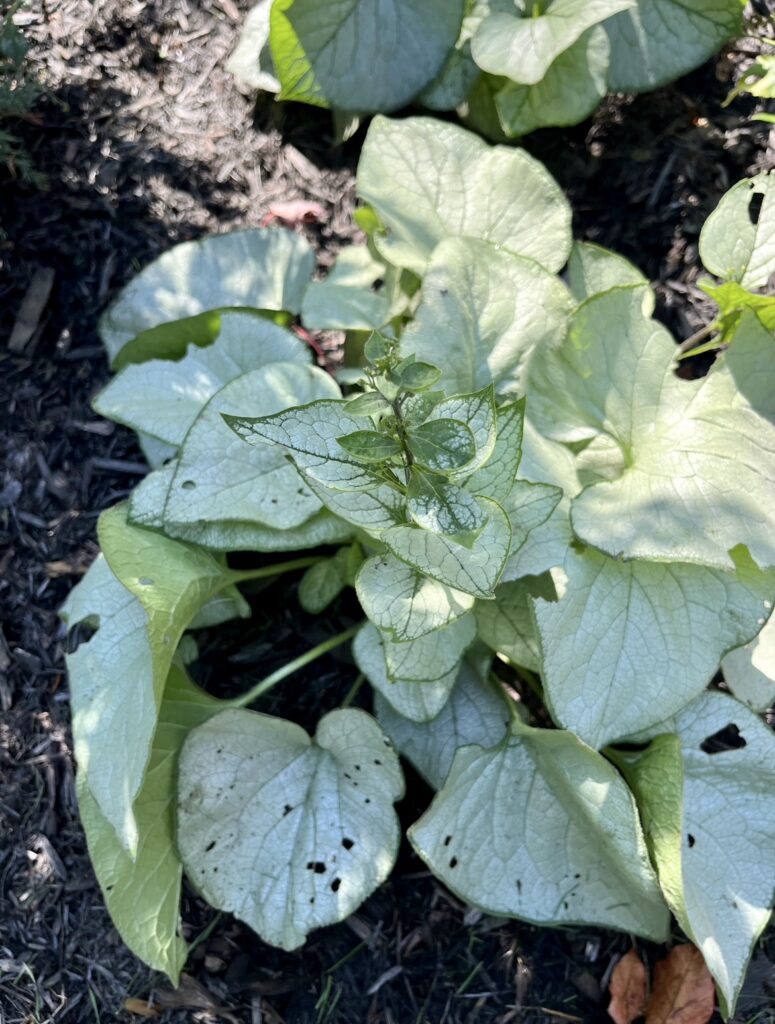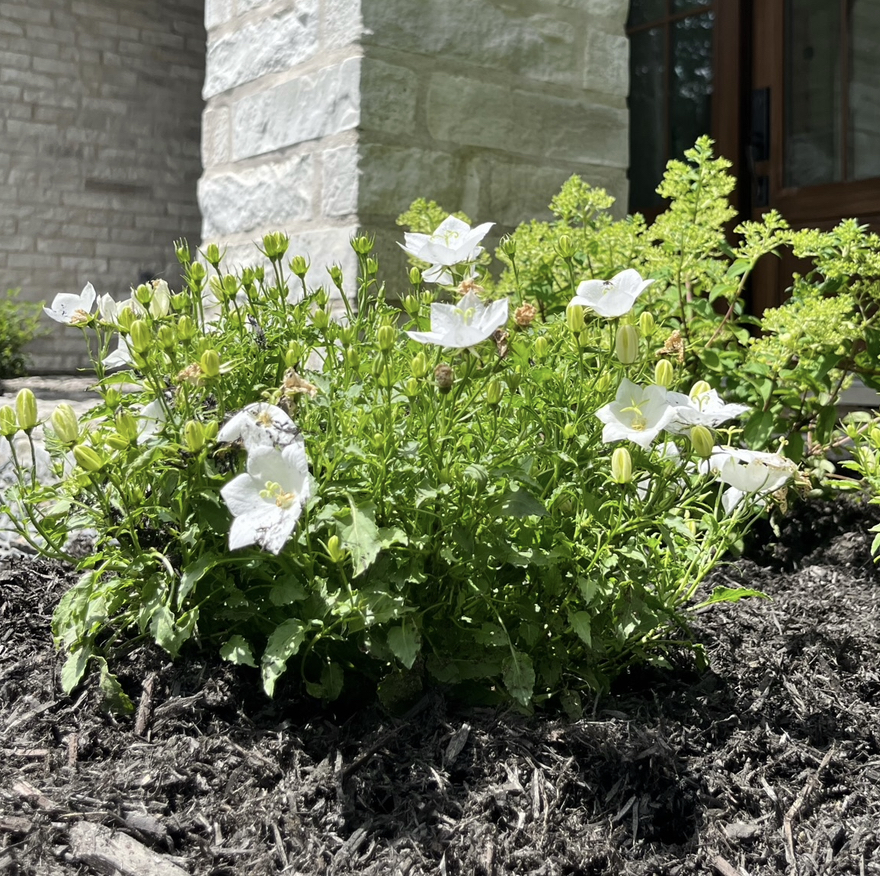With fall coming to an end, we need to take care of our flowerbeds and prepare them for winter. To do this, we decided to ask a few questions to the Foliflor team who were able to give us several tips and good advice on getting your yard ready for the winter. Foliflor is a dynamic team of experts in the art of garderning and landscaping. They are actually a garden center that also offers landscaping services. Being that they are experts, they were well able to assist us with all our questions.
What plants should you cut to prep your yard for winter?
To properly prepare your yard or flowerbed for winter, you often immediately think that you have to cut everything down. Error! In the fall, you must cut only perennial plants and non-woody plants. More particularly, it is necessary to cut the grasses and hostas which can be cut to the ground. Before cutting down your perennial, find out more about them before making the mistake of perhaps cutting too much of them. Ideally, leave a maximum of 6” of the plant and cut the rest. The plant will grow back healthily next spring.
If you choose not to cut your perennials, that’s okay too. Just take into consideration that you will have to collect its dead leaves next spring.
Which perennials should you not cut from your flowerbeds for the winter?
You should not cut perennial plants such as bellflowers and heucheras. For hydrangeas, you should not cut them too close to the ground. You can cut about 1/3 of the plant to give it a nice shape. It will also help it grow healthier next spring. We can concentrate the cutting on the dead flowers only.
How do you know if perennials will grow back next season?
If your perennials are completely brown and have completely lost its color, things aren’t looking too good… On the other hand, if it is a fairly recent plantation, there is a possibility that they will sprout out some new growth and become beautiful again next spring. A good long-term indicator of whether a perennial is still alive is that it will produce new sprouts.
When a perennial is completely dead, it can be removed by simply pulling on it. The plant and its roots will easily follow.
How to cut a plant or tree branch?
A plant or tree should be cut down when it shows signs that it is dying or is already dead. For cutting, you must opt for a beveled cut to allow the water to drain and not remain stagnant on the plant’s wound.
For cutting, it is suggested to prune the plant with shears which have been disinfected to avoid transmitting diseases from plant to plant. Cleaning shoud be done between each cutting of different plants.
How can you tell if a tree is dead?
To know if a tree is still alive, it’s almost the same way of determining as for perennials and shrubs. We often start to question ourselves when the tree no longer produces leaves. A good tip would be to scrape the bark. If there is a nice green color under the bark, the tree is still alive. In this case, we can look to see if there are just simply dead branches.
For the dead branches, we cut using the same bevel technique mentioned above. By cutting dead branches, we allow the tree to concentrate its energy on the remaining living parts. It also gives the tree space to grow new branches.
Should we protect our plants for the winter?
We don’t have to protect all our plants for winter. We may decide to focus only on some, notably decorative cedar. Decorative cedar risk breaking from the weight of the snow and weakening. You can wrap your cedars in burlap or in any other type of plant protective gear. You can also apply this technique for junipers or other shrubs whose shape you want to maintain.
Also, and for those living in more woodsy or forest areas, deer love to munch on cedar in winter so this also protects your cedar from dear.
What do we do with the mulch at the end of the season?
At the end of the season, you can leave the mulch as is and even add more next spring. By adding a good layer of mulch, you prevent the spread of weeds that you will have to remove next spring.
Now that you have everything you need to know to care for your flowerbeds for the winter, let’s get to work! 😁
Jenn xx







